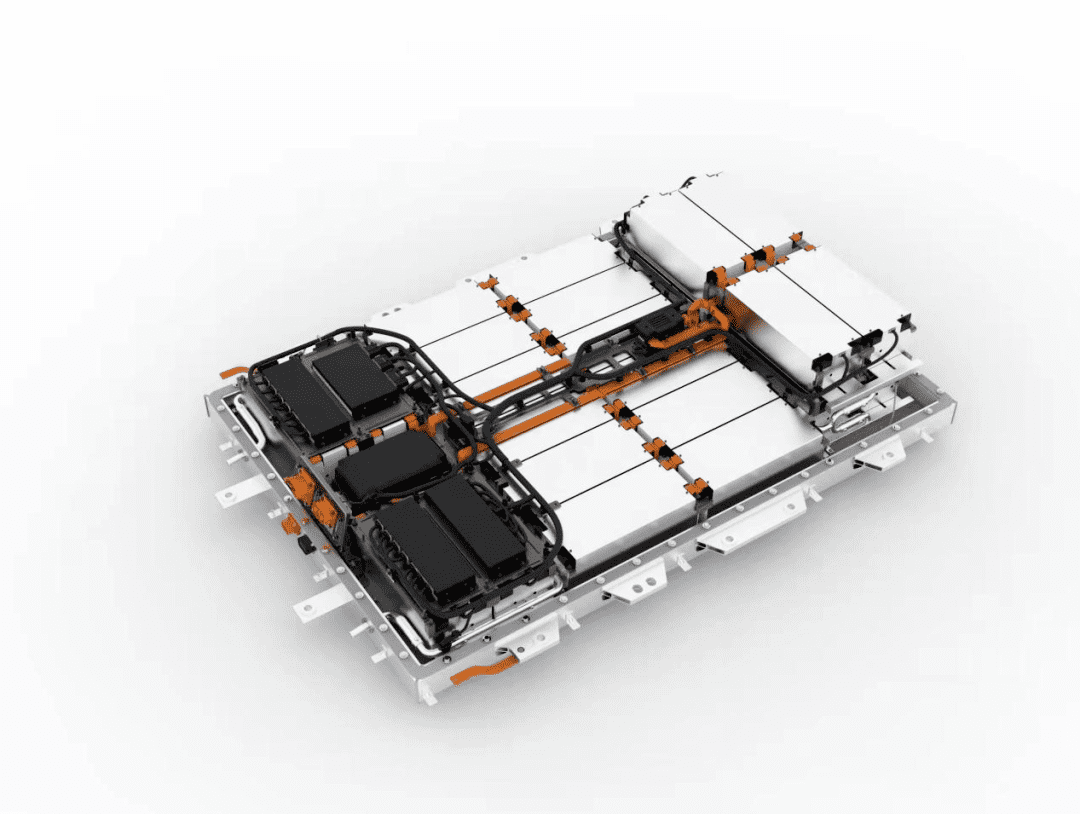The transition to all-solid-state lithium batteries (ASSBs) represents a significant leap forward in energy storage technology, promising enhanced safety, higher energy density, and longer lifespans compared to traditional lithium-ion batteries. As the demand for efficient and sustainable energy solutions grows, understanding the advancements in ASSB technology is crucial. This article explores the potential of all-solid-state lithium batteries, highlighting recent developments, advantages, challenges, and future prospects.
1. Understanding All-Solid-State Lithium Batteries
1.1 What Are All-Solid-State Batteries?
All-solid-state batteries utilize solid electrolytes instead of the liquid or gel electrolytes found in conventional lithium-ion batteries. This fundamental shift in design allows for improved performance and safety features.
1.2 Key Components of ASSBs
- Solid Electrolyte: Acts as a separator and ion conductor, allowing lithium ions to move between the anode and cathode.
- Anode: Often made from metallic lithium or other high-capacity materials.
- Cathode: Typically composed of oxides or sulfides that facilitate high energy density.
2. Advantages of All-Solid-State Lithium Batteries
2.1 Enhanced Safety
One of the primary benefits of ASSBs is their improved safety profile:
- Reduced Flammability: By eliminating flammable liquid electrolytes, ASSBs significantly lower the risk of thermal runaway and fires.
- Stable Operation: Solid electrolytes are less prone to leakage and degradation over time.
2.2 Higher Energy Density
ASSBs can achieve higher energy densities compared to traditional lithium-ion batteries:
- Increased Capacity: The use of metallic lithium anodes allows for greater capacity, enabling longer-lasting energy storage.
- Compact Design: Higher energy density means that smaller battery packs can deliver the same power output.
2.3 Longer Lifespan
The longevity of ASSBs is another critical advantage:
- Extended Cycle Life: Solid-state batteries can endure more charge-discharge cycles without significant capacity loss.
- Less Degradation: The stable solid electrolyte minimizes interfacial reactions that typically degrade battery performance.
3. Recent Advances in ASSB Technology
3.1 Innovative Solid Electrolytes
Recent research has focused on developing advanced solid electrolytes that enhance performance:
- Sulfide Electrolytes: These materials have shown promise due to their high ionic conductivity and compatibility with lithium metal anodes.
- Ceramic Electrolytes: Offering excellent thermal stability, ceramic electrolytes can withstand higher temperatures while maintaining performance.
3.2 Improved Manufacturing Techniques
Advancements in manufacturing processes are crucial for scaling ASSB production:
- Thin-Film Technologies: Techniques such as sputtering and pulsed laser deposition enable the creation of thin solid electrolyte layers, improving efficiency.
- 3D Printing: Emerging 3D printing technologies allow for precise control over battery architecture, enhancing performance characteristics.
3.3 Enhanced Interfaces
Research into optimizing interfaces between solid electrolytes and electrodes is ongoing:
- Interfacial Engineering: Strategies to improve ionic contact at interfaces can enhance overall battery efficiency and reduce resistance.
4. Challenges Facing All-Solid-State Lithium Batteries
Despite their advantages, several challenges hinder the widespread adoption of ASSBs:
4.1 Ionic Conductivity at Room Temperature
While solid electrolytes generally offer high stability, their ionic conductivity at room temperature can be lower than that of liquid electrolytes:
- Researchers are actively working on materials that improve room-temperature conductivity to make ASSBs more practical for everyday applications.
4.2 Manufacturing Scalability
Scaling up production while maintaining quality remains a challenge:
- The complexity of producing solid-state batteries in large quantities may lead to increased costs and longer lead times.
4.3 Material Compatibility
Ensuring compatibility between various materials used in ASSBs is critical:
- Interfacial reactions between solid electrolytes and electrodes can affect performance; ongoing research aims to address these issues through material selection and engineering.
5. Future Prospects for All-Solid-State Lithium Batteries
5.1 Market Growth Potential
The market for all-solid-state batteries is expected to grow significantly:
- As industries increasingly adopt electric vehicles and renewable energy solutions, the demand for safe and efficient energy storage will drive investment in ASSB technology.
5.2 Research and Development Initiatives
Continued investment in R&D will lead to breakthroughs in materials science:
- Innovations in solid electrolyte compositions and manufacturing techniques will enhance performance metrics and reduce costs.
5.3 Integration with Renewable Energy Systems
ASSBs hold great potential for integration with renewable energy sources:
- Their ability to store excess energy generated from solar or wind power makes them ideal for stabilizing grid systems and enhancing energy independence.
6. Conclusion
All-solid-state lithium batteries represent a transformative advancement in energy storage technology, offering enhanced safety, higher energy density, and longer lifespans compared to traditional lithium-ion batteries. While challenges remain regarding ionic conductivity and manufacturing scalability, ongoing research efforts are paving the way for broader adoption.At Redway Battery, we are committed to supporting advancements in battery technology by providing high-quality Lithium LiFePO4 solutions tailored to meet diverse customer needs worldwide. With our extensive experience in this field, we offer custom solutions quickly for wholesale and OEM customers. For a quick quote or more information about our products, please contact us today!



